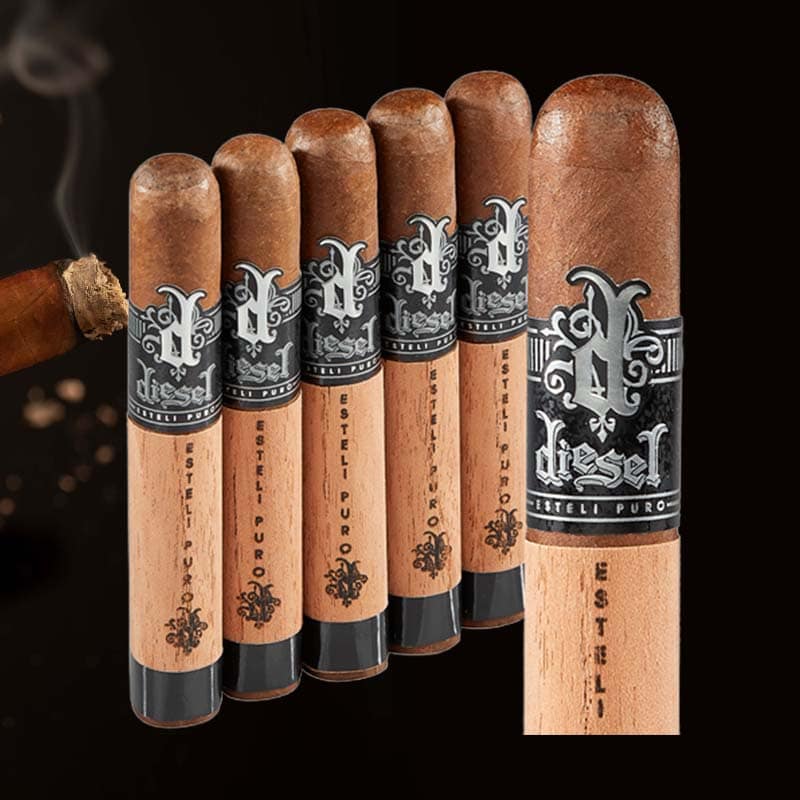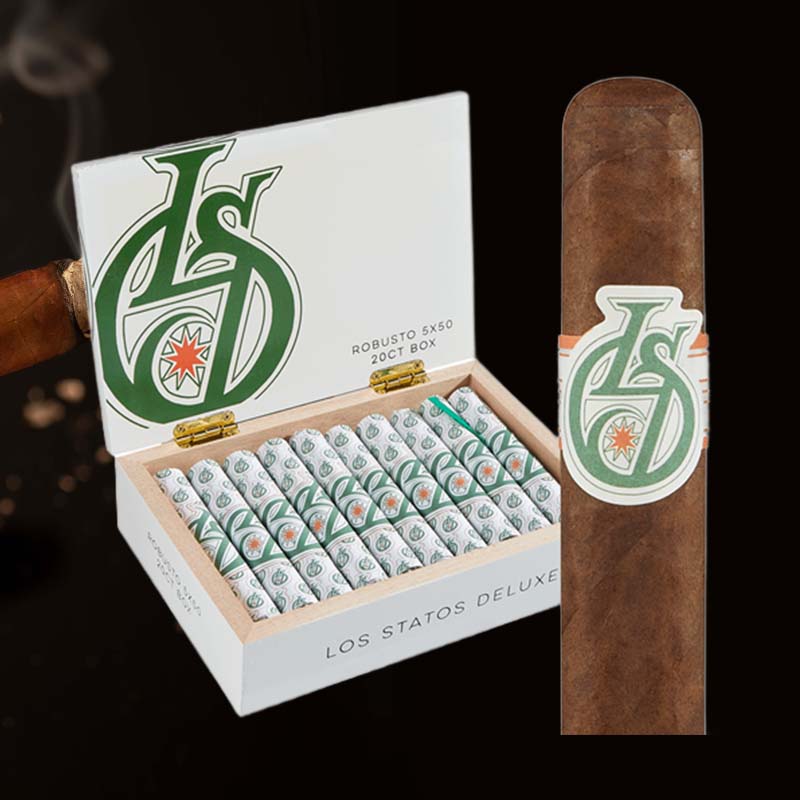How to fill butane torch lighter
As an avid cigar enthusiast, I always rely on my trusty butane torch lighter for that perfect flame to light up my favorite cigar. Over time, I’ve come to appreciate the fine art of refilling my lighter, especially when I’m planning for an outdoor gathering or a quiet evening on my patio. It brings a certain satisfaction knowing I can maintain my gear to ensure it works flawlessly every time. If you’re wondering how to fill a butane torch lighter, allow me to guide you through this important upkeep process.
Step 1: Prepare Your Work Area
Before I even think about refilling my butane torch, I make sure my work area is clean and free from flammable materials. Here are some things I do:
- Clear a flat surface, ideally outside or in a well-ventilated area.
- Keep all unnecessary items away from my lighter and fuel.
- Gather all the necessary tools to make the process seamless.
Step 2: Allow the Lighter to Cool Down
If I’ve just used my lighter, I wait a few minutes for it to fully cool down. This not only prevents burns but also protects the integrity of the lighter during the refill.
Step 3: Adjust the Flame Height to Lowest Setting
Turning the flame height to the lowest setting is crucial. I make sure to do this to reduce any risk of an uncontrolled flame during the fill-up process.
Step 4: Vent Out Leftover Air
Next, I take a small screwdriver and gently press the refill valve. This allows any residual air to escape and creates a better seal when I fill it with butane. I usually hear a slight hissing noise, which reassures me that the old gas is being vented out properly.
Step 5: Fill with Butane Fuel
When it comes to actually refilling, I hold the butane canister upside down and press it into the valve of the torch lighter. I do this for about 5-10 seconds. I start to feel a bit excited knowing my lighter is getting the boost it needs!
Step 6: Rest the Lighter
After filling, I let the lighter rest for a minute. This helps the butane settle and ensures that everything is properly sealed. I find this pause adds a little anticipation.
Step 7: Readjust the Flame Height
Lastly, I adjust the flame back to the desired level. This step allows me to fully test my lighter’s performance in preparation for my next cigar moment. It’s like a victory as I watch the flame blaze to life!
Safety Considerations

Using Proper Tools for Refilling
While refilling, I always use quality butane fuel and a reliable lighter designed for it. Ensuring your tools are appropriate minimizes risks and maximizes efficiency.
Avoiding Common Mistakes
Some pitfalls I try to avoid include overfilling, which can lead to leakage, and attempting to refill a lighter that’s still hot. Paying attention to these details goes a long way!
Butane Lighter Troubleshooting Tips

Identifying Fuel Issues
If my lighter isn’t igniting properly after filling, I check for clogs or low-quality fuel. It’s surprising how a simple issue can lead to so much frustration during that much-anticipated cigar session!
When to Seek Professional Help
If I can’t solve the problem after troubleshooting, I seek professional help. Sometimes, a lighter requires repairs that I’m just not equipped to handle myself.
Recommended Products for Refilling

Choosing Quality Butane Fuel
I’ve tested multiple brands, and I always prefer premium butane fuel. It ignites evenly and doesn’t leave residue – essential for enjoying a clean burn.
Essential Tools for Lighter Maintenance
Along with quality fuel, a good canister with a nozzle is essential. I always have a basic maintenance kit handy for any minor fixes or adjustments.
Bonus Tips for Lighter Maintenance
Keeping Your Lighter in Optimal Condition
I regularly inspect my lighter for wear and tear. A little preventive maintenance can go a long way in ensuring its longevity and reliability.
Storage Tips for Butane Lighters
I store my lighter in a cool, dry place. This helps prevent any unwanted leaks and keeps the butane fresh for when I need it most.
FAQ

What is the proper way to fill a butane torch?
The proper way to fill a butane torch involves a clean area, cooling the lighter, venting it, filling with quality butane, and allowing it to rest. Following these steps ensures optimal performance.
How do I know when my butane torch is full?

You’ll know your butane torch is full when butane begins to seep from the refill valve. This indicates that the lighter can’t hold any more fuel.
How do you refill a butane fire lighter?

Refilling a butane fire lighter involves preparing the workspace, ensuring it’s cool, venting any leftover air, and filling it correctly with butane. It’s essential for reliable operation.
Why can’t I fill my butane lighter?

You may be unable to fill your butane lighter if it’s too hot, if the valve is clogged, or if it’s already full. Troubleshooting these issues can help.





